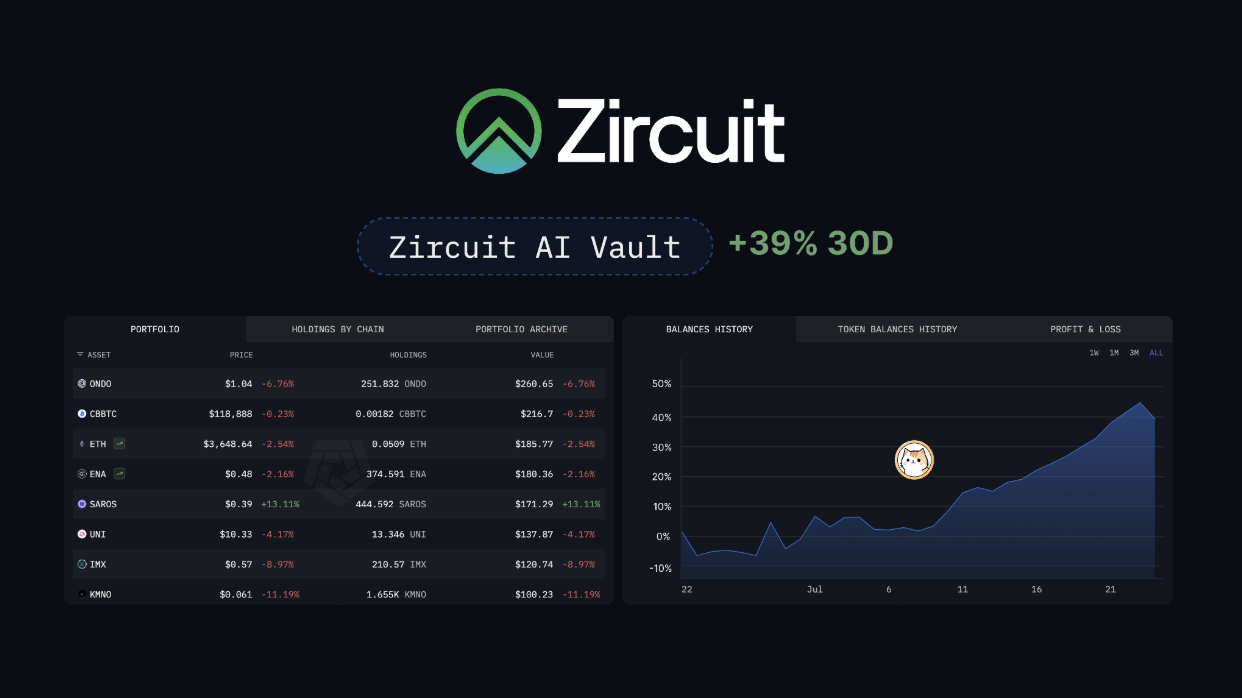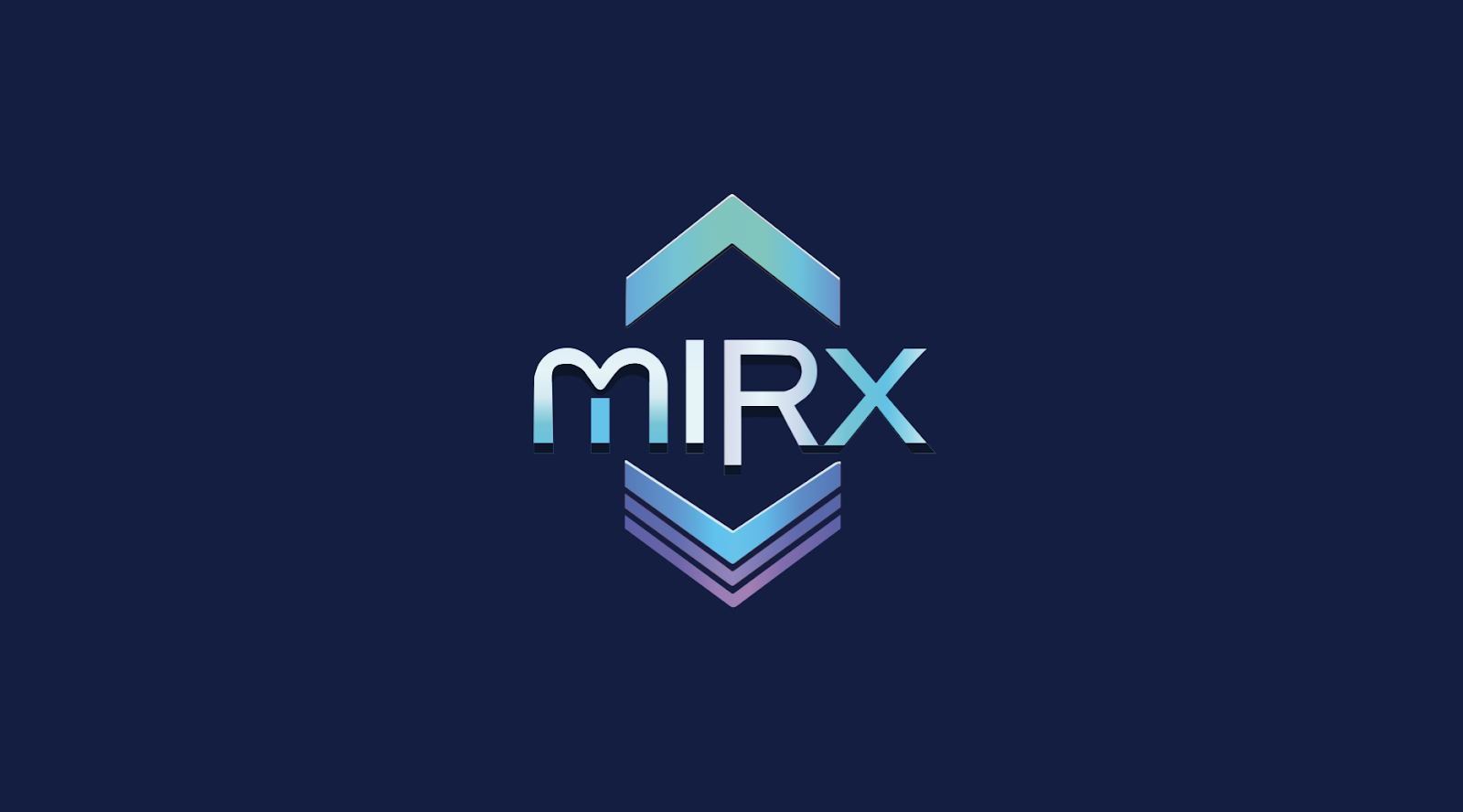On February 11, the storage network Arweave announced that version 2.6 had been developed, and founder Sam Williams said that the hard network fork would be activated on March 6.
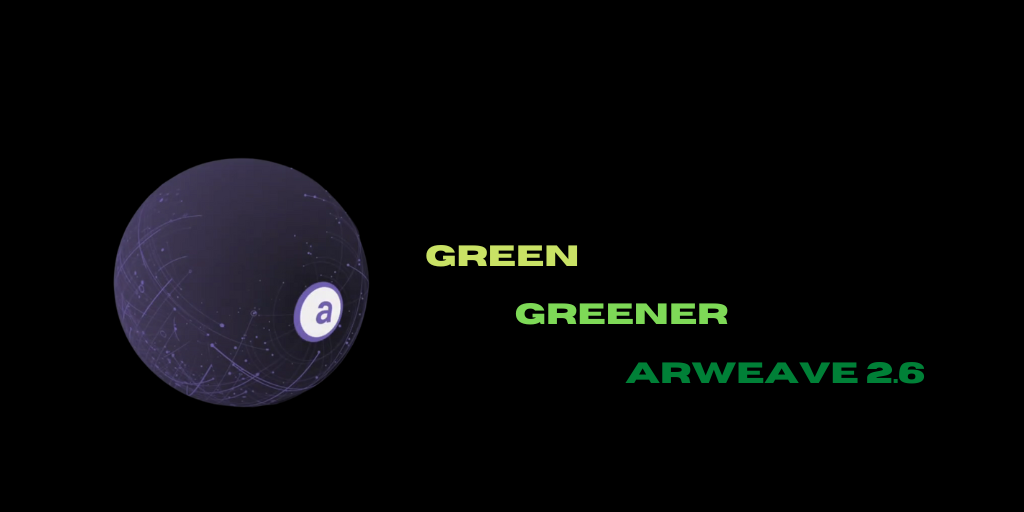
This update will focus on two aspects, one is to reduce the energy consumption of data stored in Arweave to improve the efficiency of the storage market; the other is to encourage miners to store more data, especially rare data backup and data with heavy space requirements such as audio and video type.
Specifically, it will mainly include the following four specific measures:
- Reduce the average cost of AR storage by encouraging miners to use cheaper hard drives to store data instead of continuing to increase transmission speeds;
- By incentivizing miners to back up more complete copies of the Arweave main network data, indexing information can be established faster to achieve a more “distributed” data backup network;
- Allowing more mining computing power to be put into really useful data types to reduce energy waste in the network and avoid excessive spam information in exchange for AR tokens;
- Allows the storage cost to be estimated at a dynamic price in the Arweave network, thereby guiding miners to switch to higher value data type storage and improving the network fault tolerance rate.
Large quantity favorably: the first principle of space expansion
Before Arweave 2.6, miners mainly competed for AR tokens by competing for a faster submission verification speed, but in the Arweave 2.6 update, a hash speed limit will be introduced, and the transaction volume that miners can merge per unit time will decrease.
This will change Arweave from a computationally intensive mechanism to a resource-intensive mechanism, and more hard disks will bring more AR incentives, thereby guiding the Gas Fee consumption on the network to store more complete data sets.
In terms of the integrity of the data set, the SPoRA (Proof of Random Access) mechanism will continue to be used to encourage miners to store more complete data sets of the Arweave main network instead of cheating by storing multiple copies of a single data set.
The feature of SPoRA is that it will perform historical backtracking on the verification results submitted by the miners. The main network will randomly check the newly submitted blocks to confirm whether there is old block information. After confirming the existence of the new block, in order to be included in the main network, the miners can then get AR rewards.
Through the modification of the block confirmation mechanism of the entire network, Arweave will become a new storage network with optimal space so as to reduce unit energy consumption and improve the data integrity and storage capacity of the entire Arweave network.
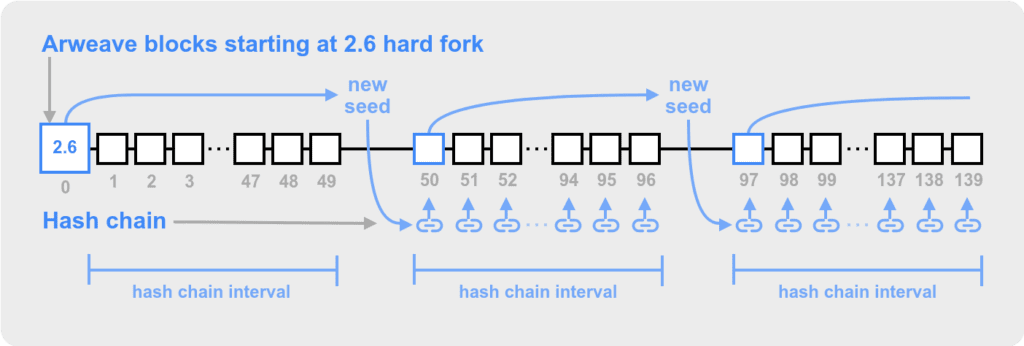
New “weave”: mining mechanism will lead to enhanced redundancy
Arweave 2.6 intends to change the submission speed of pure miners. This is an optimization measure taken due to the different characteristics of storage and public chains. Public chains such as Bitcoin compete for submission speed in order to maintain the normal settlement capacity of the network and ensure the main network
The uniqueness of the confirmation result, but while considering the confirmation speed, the storage also needs to consider the integrity of the data to prevent data loss caused by a single node cheating.
To this end, Arweave 2.6 will change its data organization method, specifically, a new data partition (Partitions) will be added to adapt to the new mining mechanism.
Weave (block) in Arweave is the smallest single unit, evenly distributed on the Arweave network, responsible for identifying the location of stored data, which can be compared to “bricks”; followed by chunk (block), usually continuous the block data has a fixed length of 256KB. What the miners compete for is the SPoRA submission proof for the block, which can be understood as a wall.
After the update of Arweave 2.6 this time, partitions will be added, and the scale of a partition will be organized in a way of 3.6TB, which can be understood as the prototype of a room to improve the scale effect of data utilization.
In the revised mining competition model, in order to prevent miners from occupying space by storing multiple copies of part of the data set, each copy of data has a unique address for each miner to better identify the location of the copy. And reduce the storage of irrelevant data, so as to allocate space to the data that is really needed.
For miners, storing multiple copies of the complete data set is easier to be recognized by the main network, thereby reducing the consumption of the main network capacity by storing multiple copies of partial data.
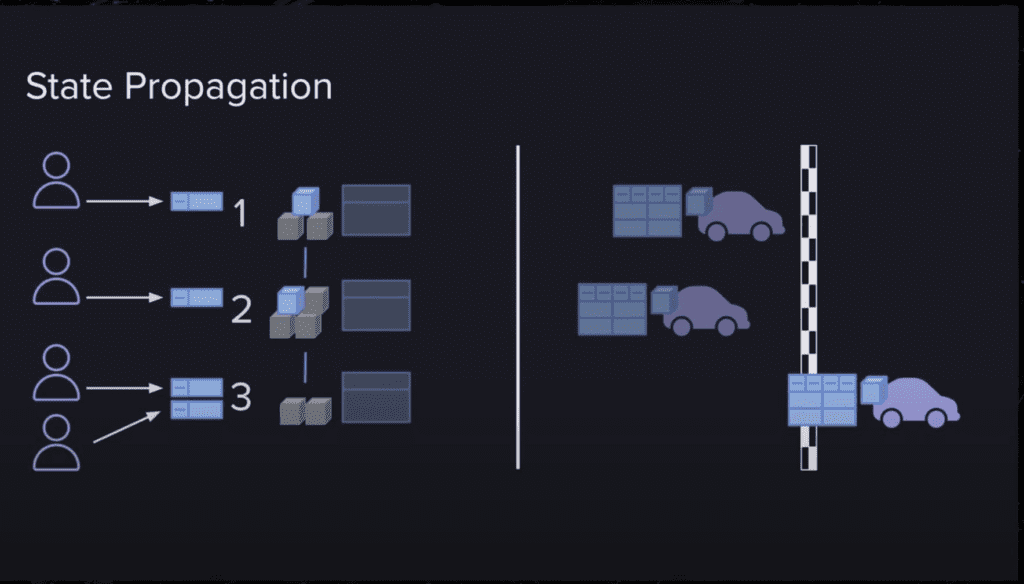
Solid State vs. Mechanical: erase HDD speed superiority
At the beginning of the design of Arweave, the storage of large files such as NFT was considered, especially after reaching a cooperation with Meta, Arweave will assume the permanent storage responsibility of NFT on Instagram, and the influx of more audio, video and other data will be Causes the load and backup capacity of the entire network.
In versions prior to Arweave 2.6, very expensive SSDs (Solid State Drives) were mainly used. In order to increase the success rate of submissions, miners will deliberately reduce packaging such content, thereby saving valuable hard disk space.
In Arweave 2.6, the merged data blocks on the main network are continuous memory blocks, so the reading performance of HDD (hard disk drive) can be improved, and the reading speed of SSD can basically be achieved, but thanks to the remote lower than the price of SSD, miners can build HDD arrays on a larger scale.
Moreover, in order to avoid the situation of “struggling to create miracles”, Arweave 2.6 will try to balance the mining mechanism as much as possible, so as to prevent miners from increasing the income level of HDD networking by adding SSDs.
Some miners can still choose SSDs to slightly lead their peers, but combined with the new single, rare data storage incentives, the waste of storage space will also lead to losses for miners.
As long as the income from SSD networking cannot cover the cost of purchasing SSDs, then miners turning to HDDs will become the optimal solution, and the stock of SSDs in the network will also have the effect of ensuring network speed.
Update model: dynamic pricing ensures data integrity
The goal of Arweave is “storage once, save forever”. Users do not need to renew to ensure data integrity, but only need to pay once when storing data. Then Arweave will distribute AR through a slow release mechanism to reward miners for saving data. work carried out.
The key here is that the storage price needs to comprehensively consider the affordability of users, the enthusiasm of miners, and the sustainability of the network.
In Arweave 2.5, a dynamic pricing mechanism based on difficulty was introduced, trying to strike a difficult balance between hard disk price, storage capacity and failure rate, but it is difficult to calculate the speed of the hard disk used by miners, because the competition mechanism can only estimate the main network It is difficult to evaluate the hardware model of a single miner.
In version 2.6 of Arweave, the agreement will stipulate the maximum hard disk drive speed, so that the calculation of hard disk prices can be followed by rules. Under this mechanism, miners cannot get extra rewards for using hard disks exceeding the specified speed, so it is a dynamic pricing mechanism. A solid foundation has been established.
According to calculations, the Arweave main network can guarantee at least 200 years of storage failure, and according to the current mean time between failures (MTBF) of hard disks, each piece of data needs at least 15 copies, and HDDs with more long-term storage capabilities are also conducive to data protection. permanent” storage.
Conclusion
This Arweave update, in the words of founder Sam Williams, is the most important update since the release of SPoRA (Succinct Proof Mechanism) released in version 2.4. From the updated content, it can be found that Arweave is returning to the original intention of storage, namely how to permanently store more and different data.
DISCLAIMER: The Information on this website is provided as general market commentary and does not constitute investment advice. We encourage you to do your research before investing.
Join us to keep track of news: https://linktr.ee/coincu
Harold
Coincu News






















